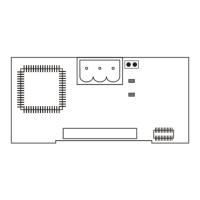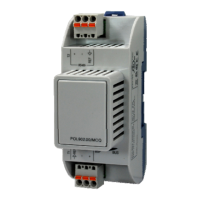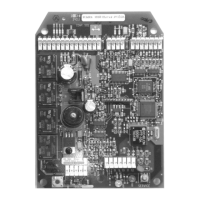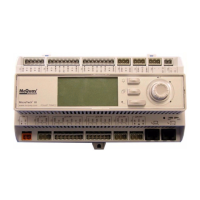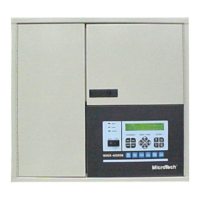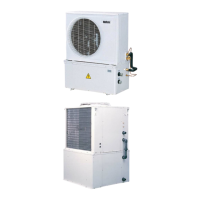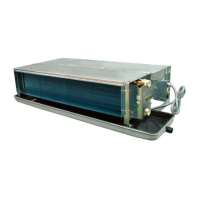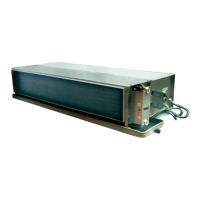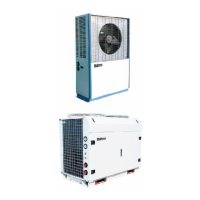18
IM 474-3
correct the Program Checksum to match the EOS Checksum. The “Controller Information Screen”
section in the Open Protocol Monitor Software User’s Manual explains how to change the number of
level-2 slaves and the Program Checksum.
The number of level-2 slaves must be set to match the quantity of MicroTech unit or auxiliary
controllers connected to the network. If the number entered into the Monitor software is less than the
actual quantity of controllers in the network, you will not know if all the controllers are
communicating properly with the OPM Panel.
When the number of level-2 slaves is changed, the Program Checksum’s value must also be changed.
The Program Checksum needs to match the EOS Checksum so that the controller program will
operate.
About Checksums
Checksums are used by the MCB to verify the integrity of its program. If the Program
Checksum does not match the EOS Checksum after a reset occurs, the program will stop
running. The Program Checksum is adjustable; the EOS Checksum is not.
Some variables—for example, Number Of Slaves—cause the EOS Checksum to change
when they change. Therefore, if you change one of these special variables, you must then (1)
reset the MCB, (2) set the Program Checksum equal to the EOS Checksum, and (3) reset the
MCB again.
Connecting the Level-2 Trunk
Use the following three procedures to commission the level-2 trunk.
Procedure 1: Communications Cable Check
The network communications cable should have been installed in accordance with the instructions in
the “Field Wiring” section of this manual. This procedure will verify that there are no shorts or stray
voltages anywhere in the communications trunk.
Before beginning, verify that the port B connectors are disconnected from every controller on the
trunk.
1.
Verify that there is no voltage between any conductor and ground.
Use a voltmeter to test for voltage at the field wiring terminal block or directly on the port B
connector (not the port itself) of the level-1 controller (OPM or substitute). With one lead on the
control panel chassis (ground), check for voltage at the “+,” “–,” and “ground” terminals. There
should be no AC or DC voltage (see the Signal and Terminal columns of Table 7 on page 20). If
the conductors are properly terminated, this check will test for stray voltage throughout the trunk.
If you get a 2 or 3 Vdc reading, it indicates that one or more powered controllers are connected
to the trunk. These controllers should be located and disconnected.
2.
Verify that there are no shorts between any two conductors.
Use an ohmmeter to test for shorts at field wiring terminal block or directly on the port B
connector of the level-1 controller. For the three combinations of conductor pairs, there should be
infinite resistance between the conductors. If the conductors are properly terminated, this check
will test for shorts throughout the trunk.
If you find a resistance that is high but less than infinite, it indicates that one or more non-
powered controllers are connected to the trunk. These controllers should be located and
disconnected.
3.
Verify that the communications wiring is continuous over the trunk and that the field terminations
are correct. (This step is optional but recommended; to do it, you must know the physical layout
of the network’s communications trunk.)
